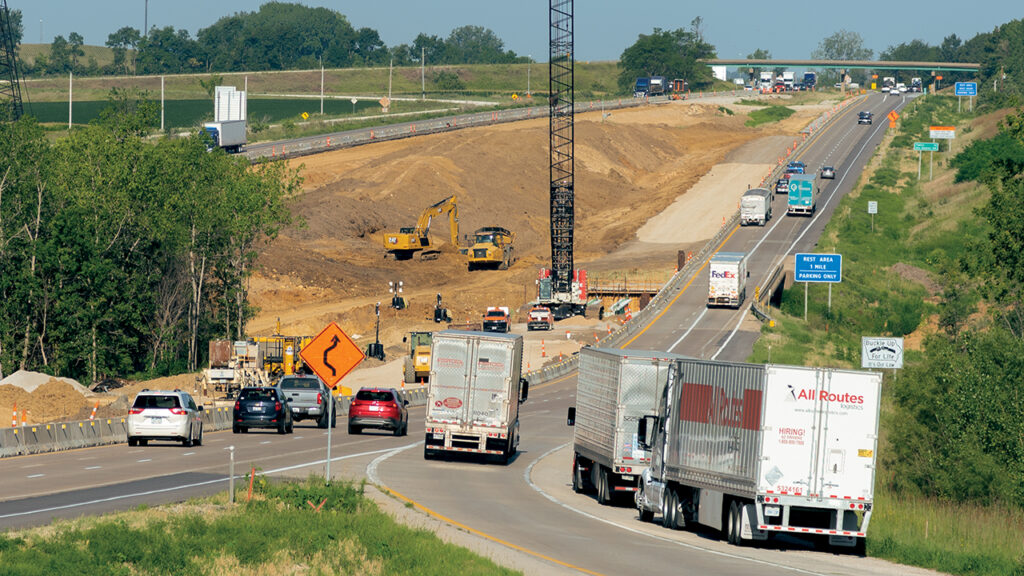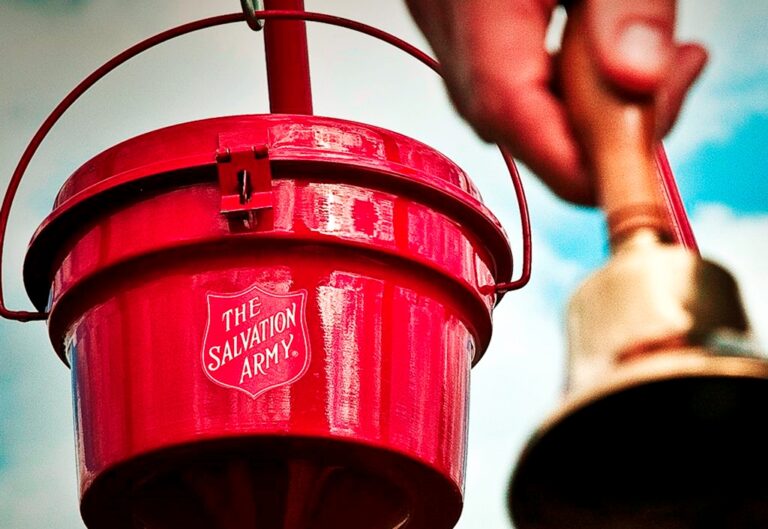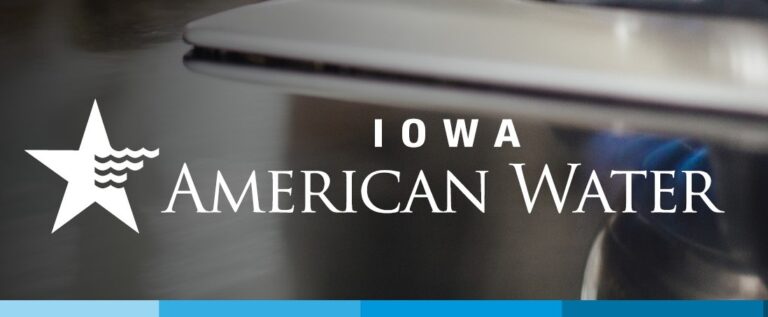Interstate projects speed forward, stall in parts of eastern Iowa

Progress continues on rebuilding an overpass along Interstate 80 in Iowa City. Increased materials costs are slowing down other future transportation plans. CREDIT JESSE CODLING
Sharply higher construction costs over the past two years have contributed to slowing the exploration of widening Interstate 80 in Scott County, but they aren’t standing in the way of improvement plans for the Interstate 380 corridor.
Inflation has hit the rest of the economy, so it’s no surprise that the highway construction industry has been affected, too.
The Iowa Department of Transportation (DOT) annual highway construction…

Want to Read More?
Get immediate, unlimited access to all subscriber content and much more.
Learn more in our subscriber FAQ.
Do you want to read and share this article without a paywall?






